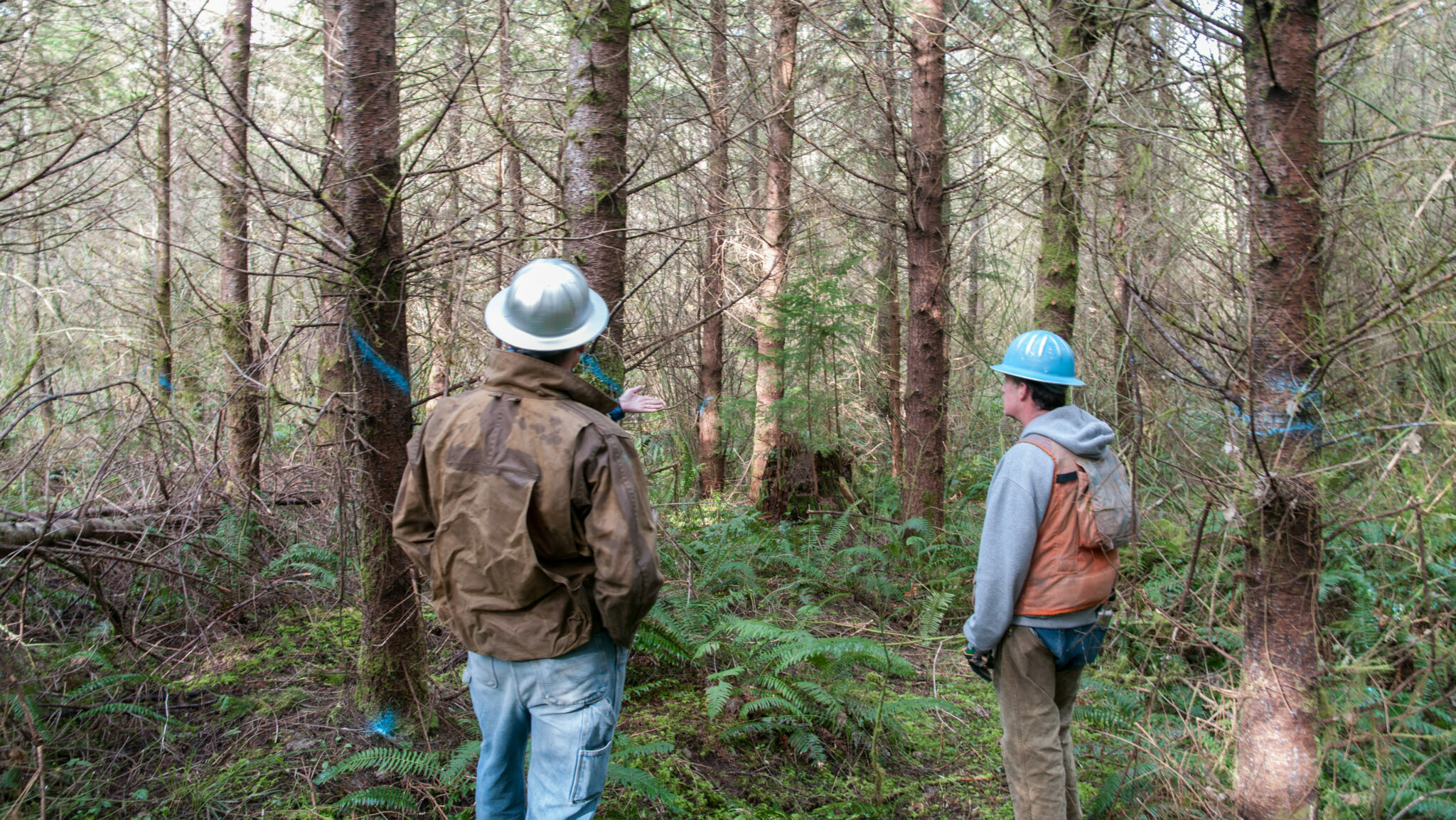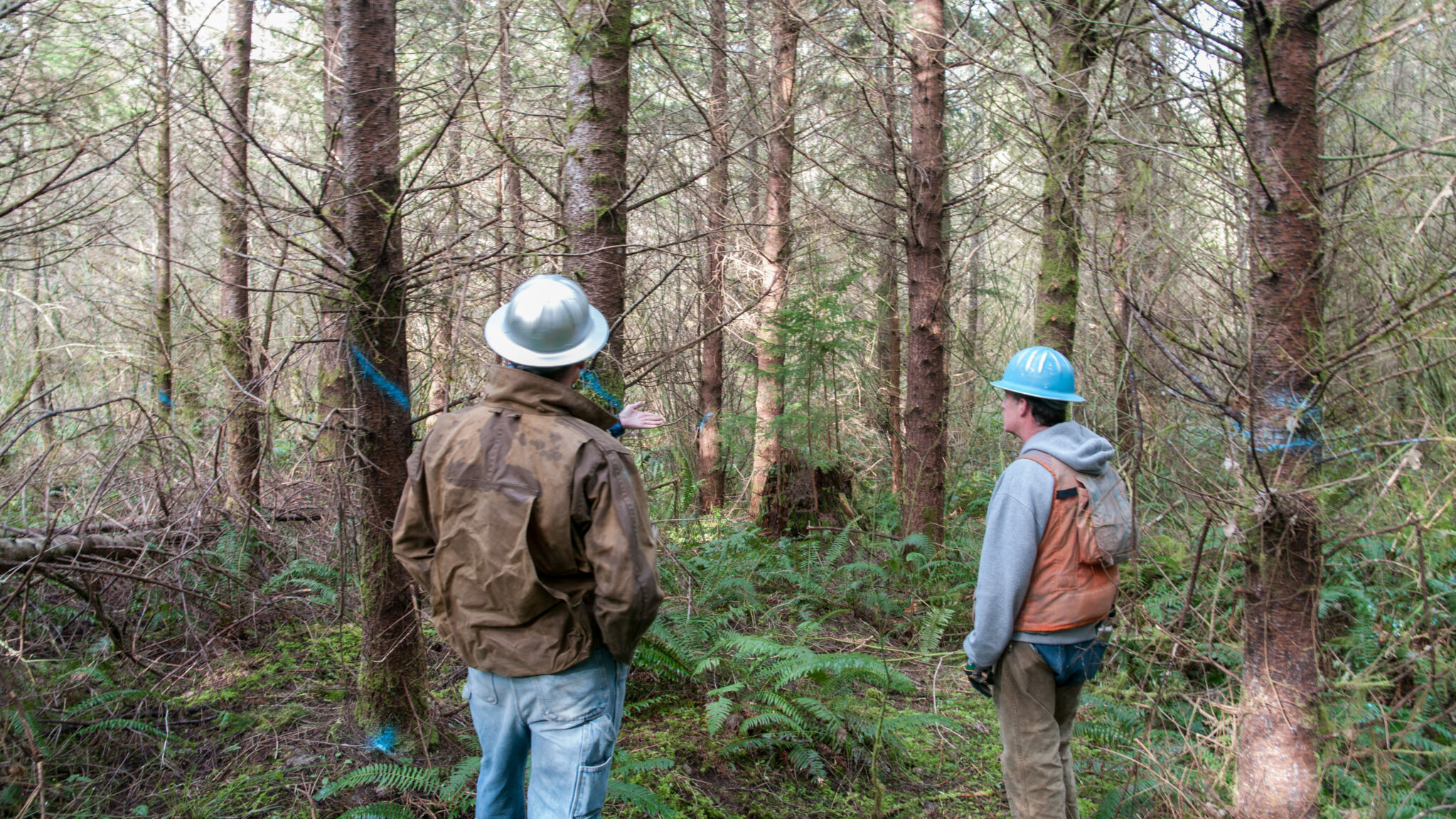Listen to Kirk on Exploring Washington’s podcast

Growing Trees, Growing Futures: Ecological Forestry

In this episode of Exploring Washington State, Kirk discusses the differences between sustainable forestry and traditional industrial methods. Industrial forestry often relies on clear-cutting, which can damage the environment, deplete biodiversity, and degrade soil quality. Instead, Kirk advocates for perpetual thinning, a practice that selectively removes weaker trees to promote the growth of stronger ones. This method maintains biodiversity, supports forest resilience, and improves the long-term productivity of the land.
Kirk emphasizes that sustainable forestry can be both environmentally friendly and financially viable. Practices like tree pruning, habitat creation, and pre-commercial thinning ensure forests remain healthy while still generating revenue for landowners.
Photo Credit: Matthew Freeman Gleeson

One Comment
Kirk really understands silviculture practices and what it takes to restore tree cropping plantations into the multifunctional diversity that defines a real forest ecology. This work always creates a greater overall long term yield.